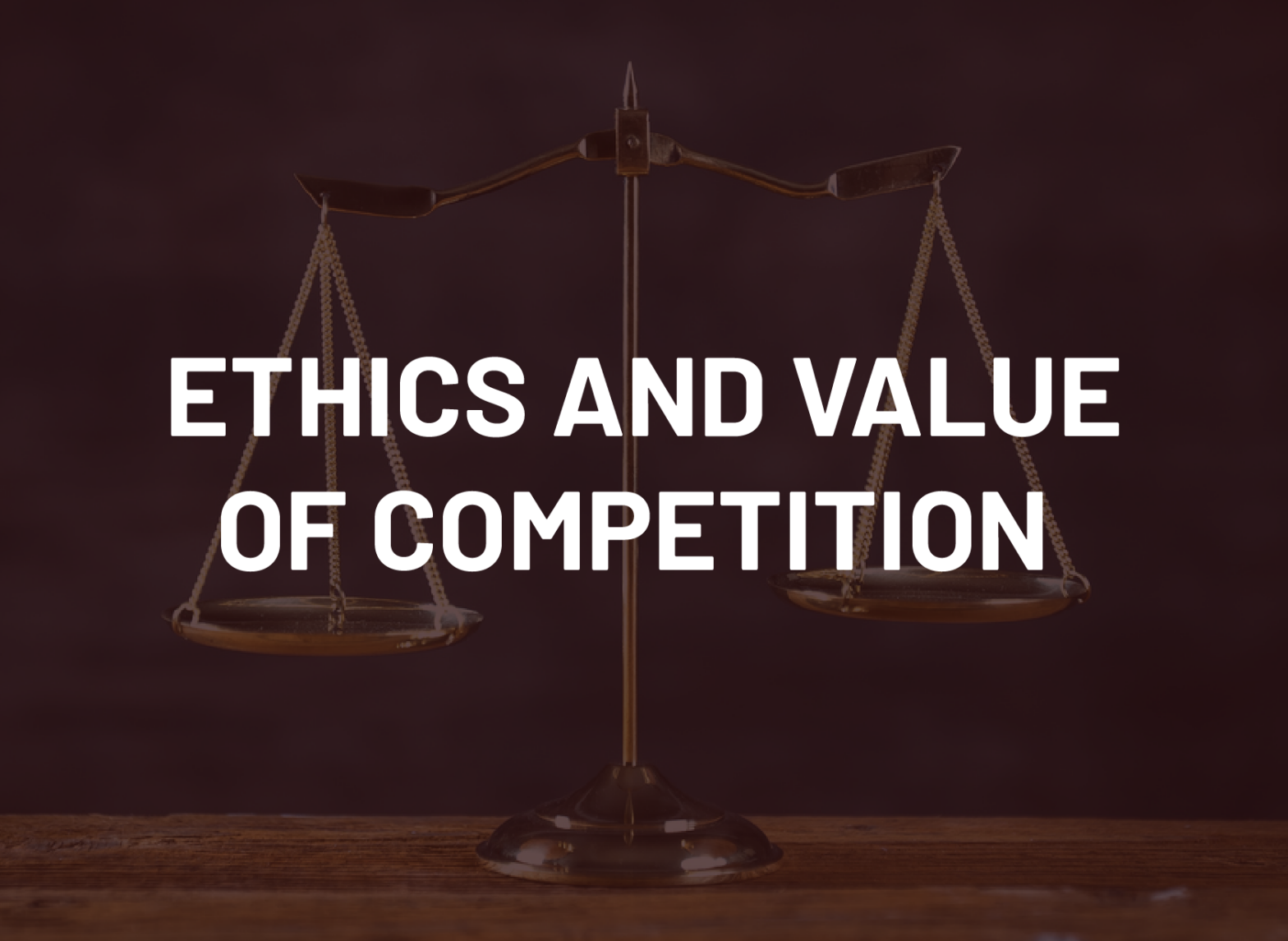Imagine having to justify every decision you’ve ever made, to anyone who asks. Transparency is the cornerstone of the entire procurement process and is necessary throughout the contracting lifecycle, from the definition of need to the expiration of the contract. Recently, the OECD, an international nonprofit, created a “Transparency Checklist” to assist public procurement professionals in reaching their transparency goals. Procurement Pulse breaks down the three founding principles listed in the checklist and highlights what to include in your office’s transparency checklist.
Principle 1: Adequate and timely degree of transparency
Recognizing there are varying degrees of appropriateness, transparency should be evident in every step of the procurement process. For example, from a supplier perspective, transparency policies and regulations should address the legitimate needs for the protection of trade secrets and proprietary information. Divulging a company’s private information, in the spirit of transparency, can destroy competition during the procurement process and hinder the state’s ability to obtain the best market value.
Principle 2: Free access for all stakeholders to public procurement information
Online access to public information has helped to bridge gaps between the government and its citizenry. Increased access to public information through online databases has helped shape the way the procurement process is conducted. Offering public access to statutes, regulations, procurement forecasts and award announcements, coupled with the monitoring of results, has helped the procurement process reach a new degree of transparency. While openness in procurement is a best practice, published information should be meaningful for stakeholders, as well as the general public.
Principle 3: Visibility of the flow of public funds
Procurement professionals are trusted stewards of public taxpayer dollars. To ensure appropriate policies and regulations have been followed, procurement professionals must maintain the visible flow of public funds. By making this information available to the public, stakeholders can better understand government priorities and spending. Policy makers may also more strategically approach procurement by reviewing analytics from the entirety of the procurement process. Retaining records that reflect the whole procurement process, whether for internal purposes, audit purposes or as a matter of public record, make documentation critical.
The public procurement process is complex. Transparency promotes openness for the stakeholders, encourages competition and limits the possibility of government waste or abuse. Public information can empower policy makers and legislators to strategically enact laws and regulations to assist the central procurement office. Creating a transparency checklist for your office’s procurement process can help identify transparency gaps and eliminate them from the process. Does your office have a transparency checklist?
